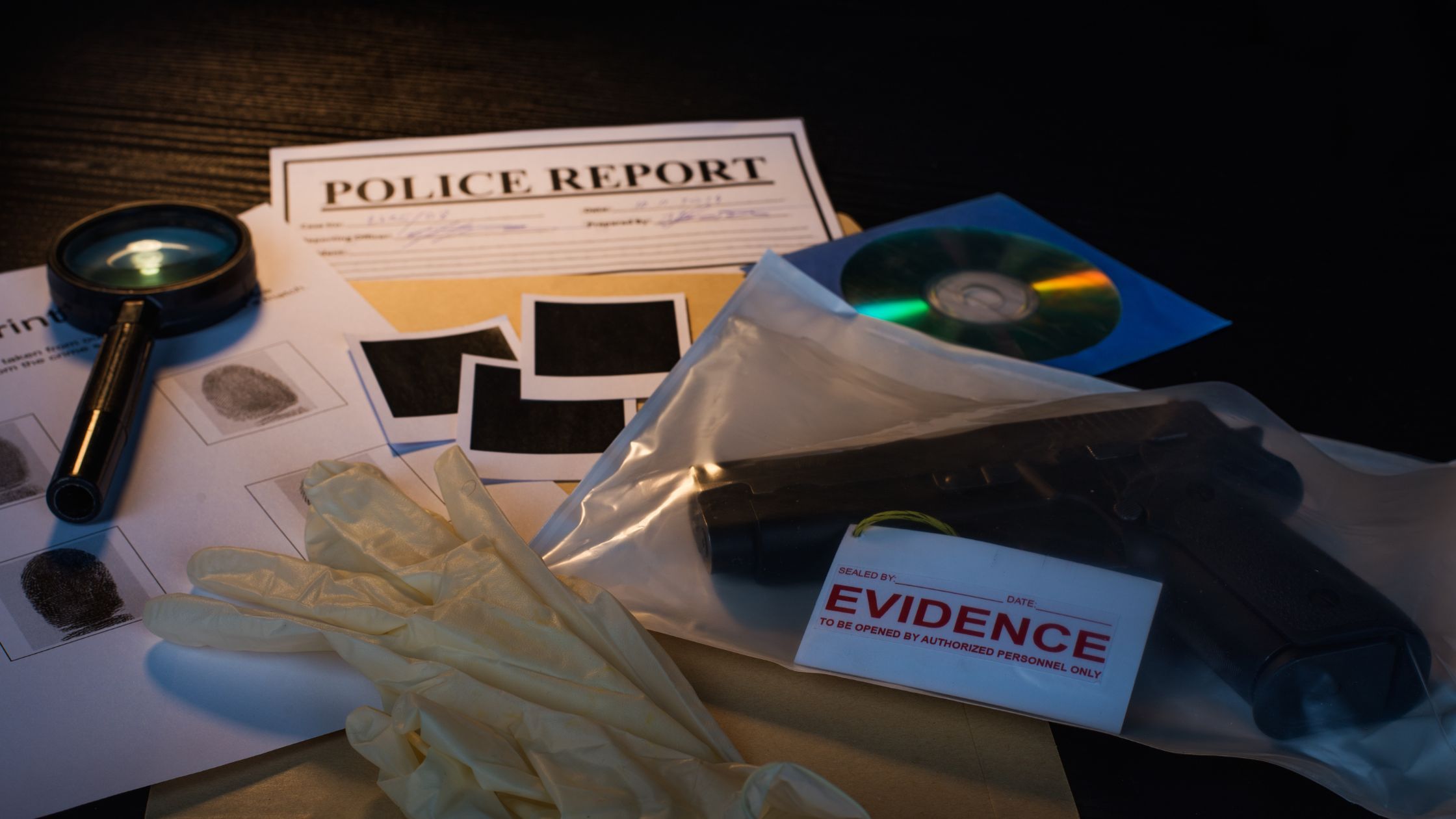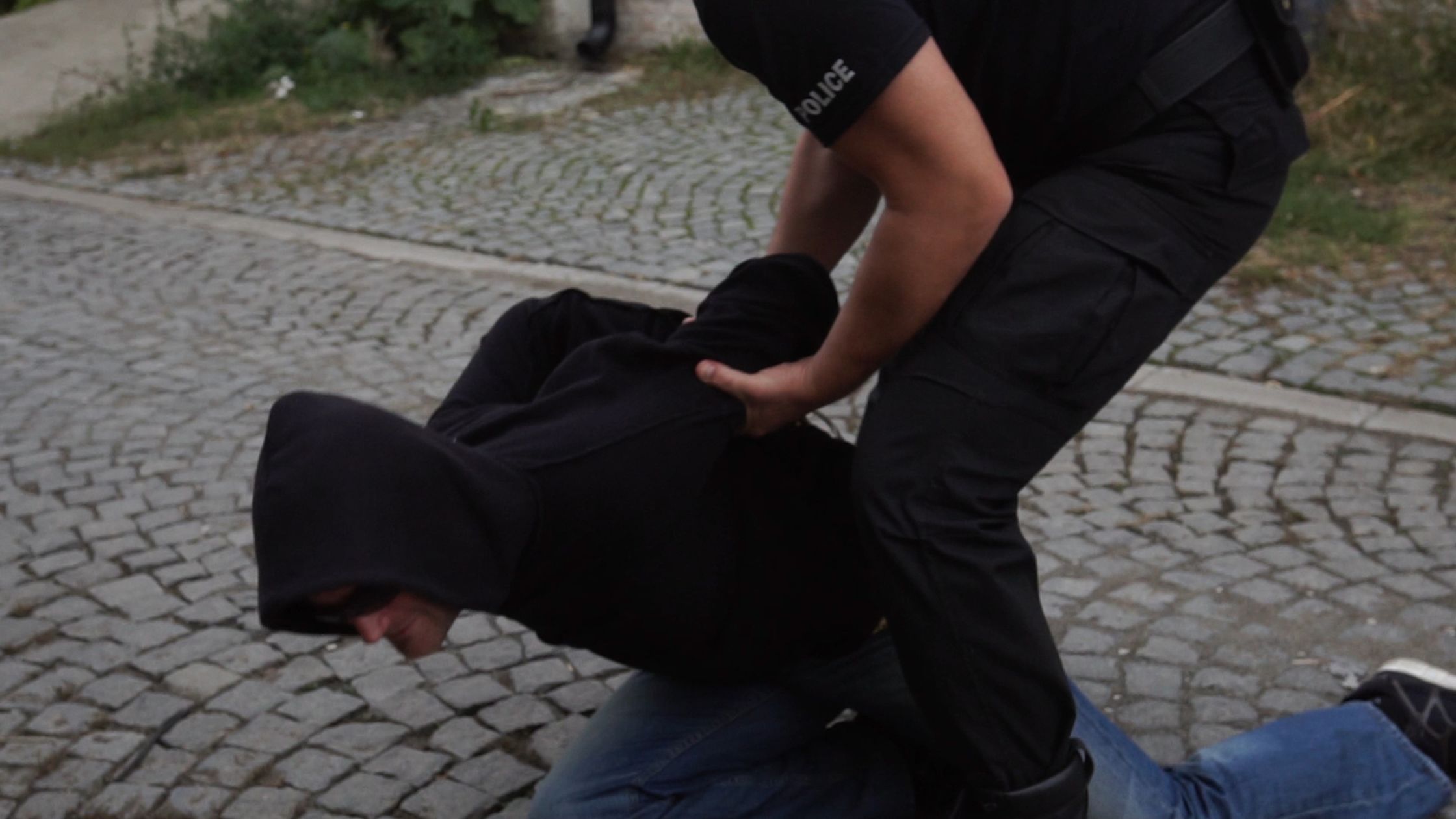A taser is one of a number of tactical options available to police officers and is described by the College of Policing as a
" less lethal weapon system designed to temporarily incapacitate a subject through use of an electrical current which interferes with the body's neuromuscular system and produces a sensation of intense pain ".
Not all officers in the UK are trained to use a taser and those who do have been selected, trained and accredited by their chief officer to do so.
Before an officer may draw the taser from its pouch, they must decide if its use is legal, proportionate and necessary in the circumstances, and then apply the National Decision Making Model. Simply drawing the taser from its pouch is considered to be a 'use of force' and may only be done in situations where the officer feels they are facing serious violence or threats of violence.
Once a taser has been drawn, the officer is trained to give a warning to those nearby by shouting "taser, taser". The taser also has a torch and a 'red dot' which can be shone towards a person. The fact that the taser is drawn does not mean that it has to be fired. The officer may find the threat of violence decreases and it is therefore not necessary to fire it.
The use of a taser on an individual may constitute a battery. The tort of battery requires the actual infliction of unlawful physical contact which does not have to be intentional.
The recent case of McCarthy v Chief Constable of Merseyside Police provided an interesting analysis of this tort in a policing context. Whilst police officers face making quick, difficult decisions during violent incidents, the force they apply must always be lawful and reasonable.
This case involved officers tasering an individual twice in quick succession and the issue for the Court was whether or not the second tasering, which lasted longer than the five seconds officers are trained to use, was lawful. The Court held that the use of the taser on both occasions was lawful, even though it lasted for eleven seconds rather than five. This was because when the officer fired the taser, he reasonably believed that it was necessary and reasonable.
This case serves as guidance for future cases which question the 'reasonableness' of an officers use of force.
Civil Actions Against the Police often involve the use of unnecessary, unreasonable and/or unlawful force against an individual by police officers. If you have been tasered or subjected to force which is excessive or unnecessary, you may have a claim against the police.
We have a dedicated and experienced team which deals with Civil Actions Against the Police and will be able to advise you if you have a claim.






























